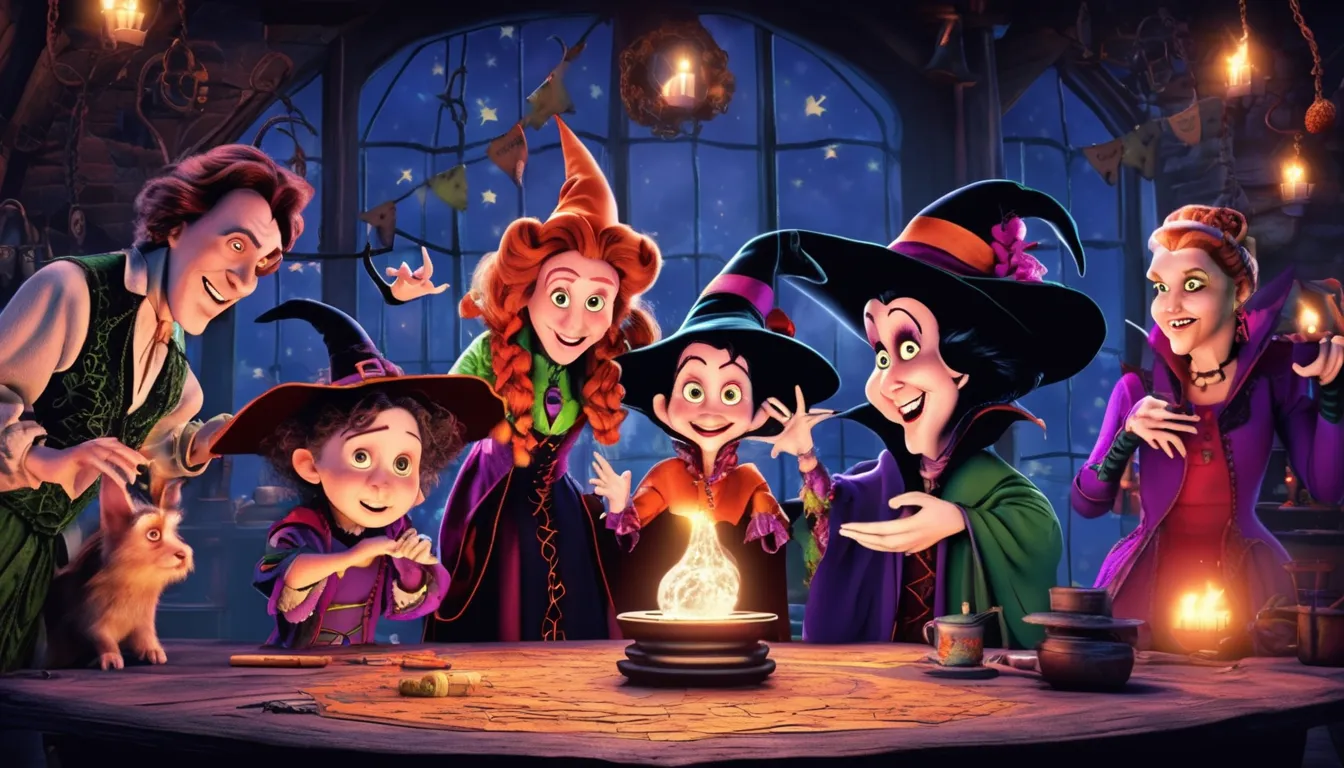When you think about the most memorable animated films, you might assume that a single creative genius was behind them. However, the reality is that animation studios rely heavily on collaborative creativity to bring their visions to life. By fostering a culture of open communication, active listening, and constructive feedback, studios can empower team members to take ownership of their work and contribute their unique perspectives. But what does this look like in practice, and how can studios create an environment that encourages collaboration? The answer lies in the way teams work together.
Building a Collaborative Culture
Building a collaborative culture is key to creating a thriving animation studio. You’re not just building a team, you’re creating a community that shares a common goal: to bring your vision to life.
As you establish this culture, you set the tone for open communication, active listening, and constructive feedback. This, in turn, fosters an environment where your team feels comfortable sharing ideas and taking risks.
When you empower your team to make decisions and own their projects, you encourage accountability and a sense of ownership. This leads to increased job satisfaction, reduced turnover rates, and higher quality work.
It’s also essential to lead by example, demonstrating the behaviors you expect from your team. By doing so, you show that collaboration is a core value, not just a buzzword.
To reinforce this culture, you can create opportunities for team-building, training, and mentorship. Regular check-ins and feedback sessions help to identify areas for improvement and recognize individual contributions.
The Power of Cross-Functional Teams
The Power of Cross-Functional Teams
As you assemble a team for a project, it’s easy to fall into the trap of assigning tasks based on traditional roles – animators animate, writers write, and directors direct. However, some of the most innovative projects come from cross-functional teams that break free from these norms. By bringing together individuals with different skill sets and expertise, you can create a collaborative environment that fosters creativity and problem-solving.
| Team Member | Non-Traditional Role |
|---|---|
| Animator | Storyboard Artist |
| Writer | Character Designer |
| Director | Editor |
| Producer | Screenwriter |
| Sound Designer | Visual Effects Artist |
Cross-functional teams allow you to tap into the diverse skills and perspectives of your team members. An animator can bring a unique visual perspective to the writing process, while a writer can help develop the narrative structure of a scene. By embracing this approach, you can create a more dynamic and collaborative team that produces innovative and engaging content. This approach also helps to break down silos and promotes a deeper understanding of the project as a whole.
Embracing Diverse Skill Sets
When you combine a team of creatives with diverse experience and expertise, you create a dynamic that can spark innovative solutions and fresh ideas.
In animation studios, embracing diverse skill sets is crucial to producing high-quality content that resonates with audiences.
By bringing together individuals with different backgrounds, skills, and perspectives, you foster an environment where creatives can learn from each other and grow.
As a studio, you’ll want to actively seek out team members with unique skill sets that complement your existing team.
This might include hiring artists with experience in various mediums, writers with diverse storytelling backgrounds, or animators with expertise in different software.
By doing so, you create a rich tapestry of skills that can be drawn upon to tackle complex projects and bring new ideas to life.
By embracing diverse skill sets, you can push the boundaries of what’s possible in animation and stay ahead of the competition.
This approach not only benefits the studio but also provides a stimulating environment for your team members to thrive.
Effective Communication Strategies
Effective communication lies at the heart of any successful animation studio. As a team leader, you understand that clear and concise communication is essential for bringing your team’s vision to life. When everyone is on the same page, you can avoid costly mistakes, boost productivity, and create a more enjoyable work environment.
To achieve effective communication, you need to establish a clear framework for sharing ideas, providing updates, and addressing concerns. This can be achieved through regular team meetings, open channels for feedback, and a centralized platform for project management.
| Communication Channels | Frequency | Purpose |
|---|---|---|
| Daily Stand-ups | Daily | Share progress, discuss challenges |
| Project Management Tools | Ongoing | Track progress, assign tasks |
| Team Meetings | Weekly | Discuss project milestones, address concerns |
Managing Creative Feedback Loops
Managing creative feedback loops is essential for fostering growth and innovation in your Healthcare animation production studio. When you encourage open communication and constructive criticism, you create an environment where your team feels comfortable sharing their ideas and feedback.
This leads to a collaborative creative process that sparks new ideas and refines existing ones.
To manage feedback loops effectively, establish clear expectations and guidelines for giving and receiving feedback.
This includes setting deadlines for feedback, designating specific channels for feedback, and defining what type of feedback is expected.
You should also create a culture of psychological safety, where team members feel comfortable sharing their honest opinions without fear of retribution or judgment.
Regularly check in with your team to ensure that feedback loops are working effectively.
Encourage team members to provide feedback on the feedback process itself, and be open to making adjustments as needed.
Conclusion
You’ve seen how collaborative creativity is the backbone of successful animation studios. By building a culture of open communication, embracing diverse skill sets, and using effective communication strategies, you can bring your teams together to create high-quality content. As you foster a sense of ownership and psychological safety, your team members will feel empowered to contribute their unique perspectives, leading to innovative and engaging animation that resonates with audiences.
